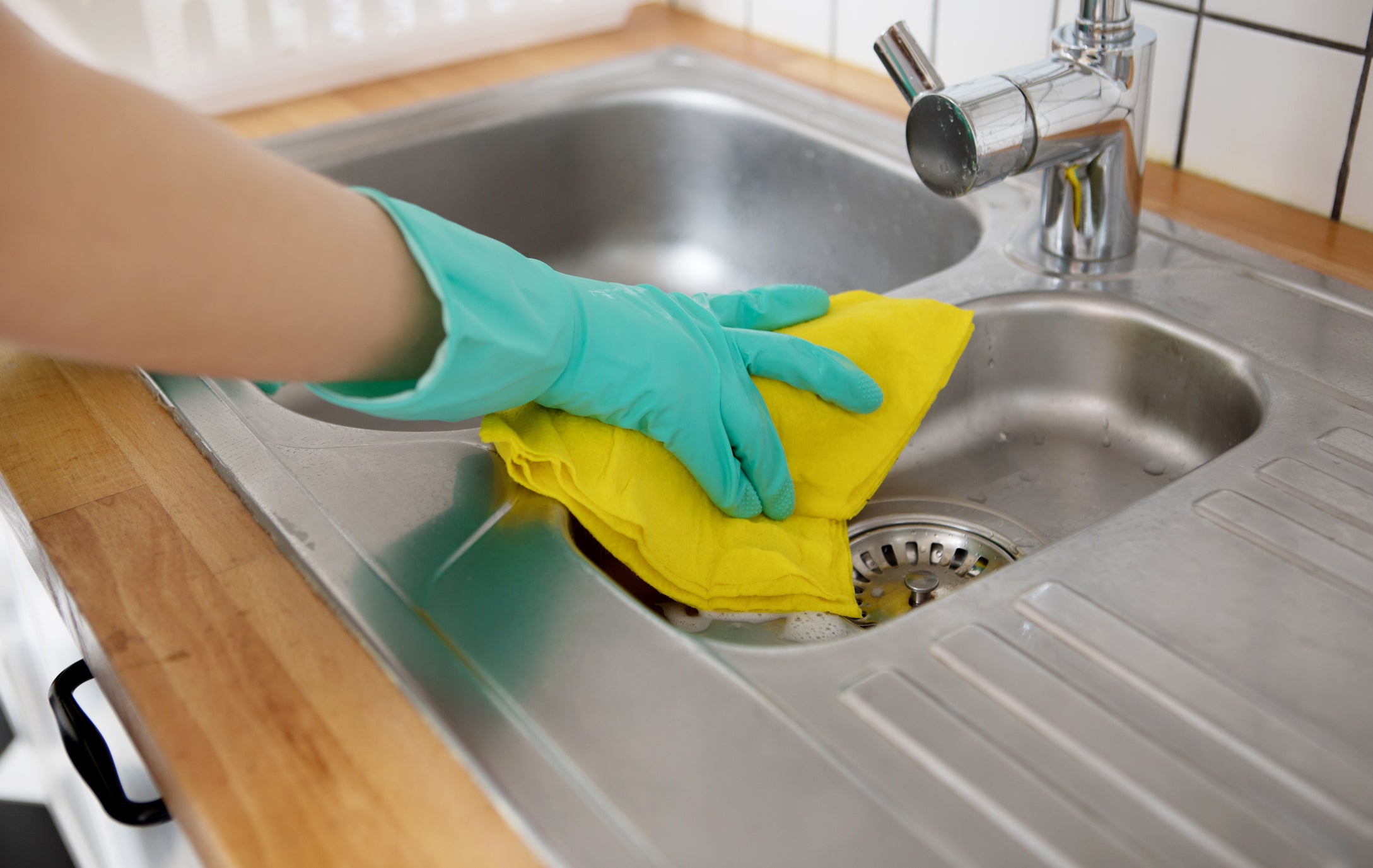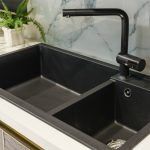Introduction: The Quest for Pristine Sinks
In the heart of every home, the kitchen sink stands as a hub of activity, bearing witness to the daily rhythm of meals prepared and dishes washed. Over time, this hardworking area can lose its luster, accumulating grime, stains, and even unpleasant odors. Achieving sparkling sinks is not just about aesthetics; it promotes hygiene and adds a sense of satisfaction to daily chores. This comprehensive guide delves into effective cleaning techniques that transform even the dingiest of sinks into shining exemplars of cleanliness. From natural remedies to modern innovations, we explore the art and science behind restoring and maintaining sink sparkle.
Understanding Your Sink: Materials Matter
The first step in crafting an effective cleaning strategy lies in understanding your sink’s material. Common materials include stainless steel, porcelain, granite composite, and copper, each with its own cleaning considerations. Stainless steel sinks, cherished for their durability and sleek appearance, require gentle cleaning to avoid scratches. Porcelain sinks, known for their classic beauty, can be more prone to staining and require mild abrasive cleaners. Granite composites demand non-abrasive cleaners to preserve their finish, while copper sinks benefit from specialized products that enhance their natural patina.
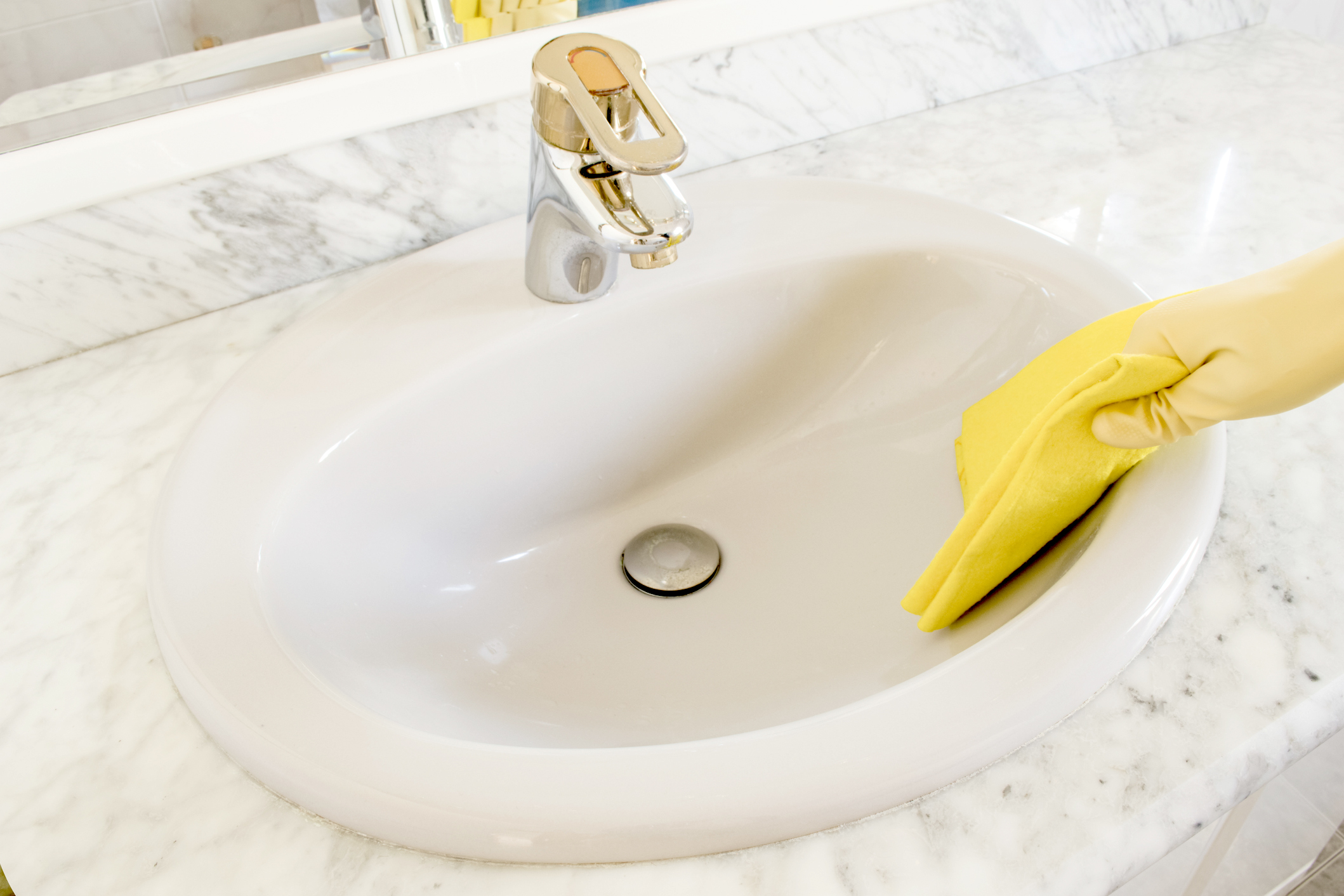
Essential Tools and Solutions for All Sinks
Regardless of the sink’s composition, there’s a core set of tools and solutions every homeowner should have at hand. A soft-bristled brush or non-scratch sponge is indispensable for gentle yet effective cleaning. White vinegar and baking soda, pantry staples, form a powerful, natural cleaning duo against grease and stains. Mild dish soap provides a gentle cleansing base, while lemon juice offers a refreshing, natural alternative for cutting through odors. For stubborn stains, a paste made from baking soda and water can work wonders when left to sit before scrubbing.
Stainless Steel Sparkle: Maintaining the Luster
Stainless steel sinks require a delicate touch to maintain their signature sheen. Begin by rinsing the sink with warm water and applying a few drops of mild dish soap. Using a soft cloth or sponge, gently scrub in the direction of the grain to prevent scratches. For water spots and fingerprints, a solution of equal parts white vinegar and water applied with a microfiber cloth works wonders. Avoid harsh chemicals and abrasive cleaners, as these can damage the sink’s protective coating. Regularly drying the sink after use also helps prevent water marks and corrosion.
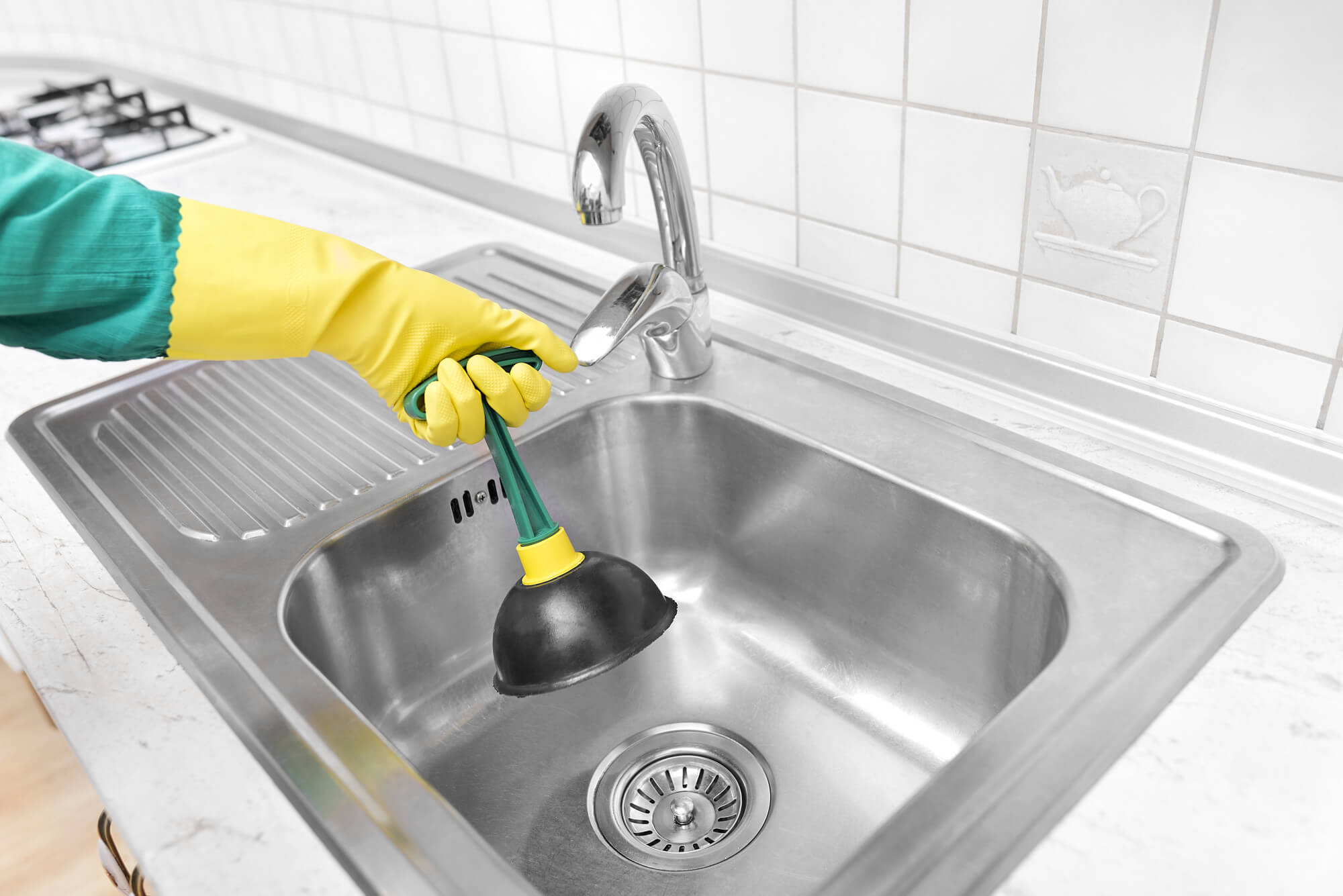
Porcelain Perfection: Eradicating Stains
Porcelain sinks, with their timeless elegance, can fall victim to unsightly stains if not properly cared for. To tackle these, create a paste from baking soda and a small amount of water, applying it directly to the stain. Let it sit for several minutes before scrubbing gently with a soft-bristle brush or non-abrasive sponge. For more stubborn stains, a mixture of hydrogen peroxide and baking soda can be used as a gentle bleaching agent. Rinse thoroughly and dry to reveal a restored, gleaming surface. Avoid using abrasive cleaners or scrubbers that can scratch the porcelain glaze.
Granite Composite Care: Gentle Yet Effective
Granite composite sinks, prized for their resilience and stylish appearance, necessitate a gentler approach in cleaning. Everyday maintenance involves a simple wash with a mild detergent and warm water. For deeper cleaning, a solution of equal parts water and isopropyl alcohol can be safely used, followed by a thorough rinse. Avoid acidic cleaners like vinegar or lemon juice, as they can etch the surface over time. Use a soft sponge or microfiber cloth to clean, steering clear of anything abrasive that could scratch the composite material.
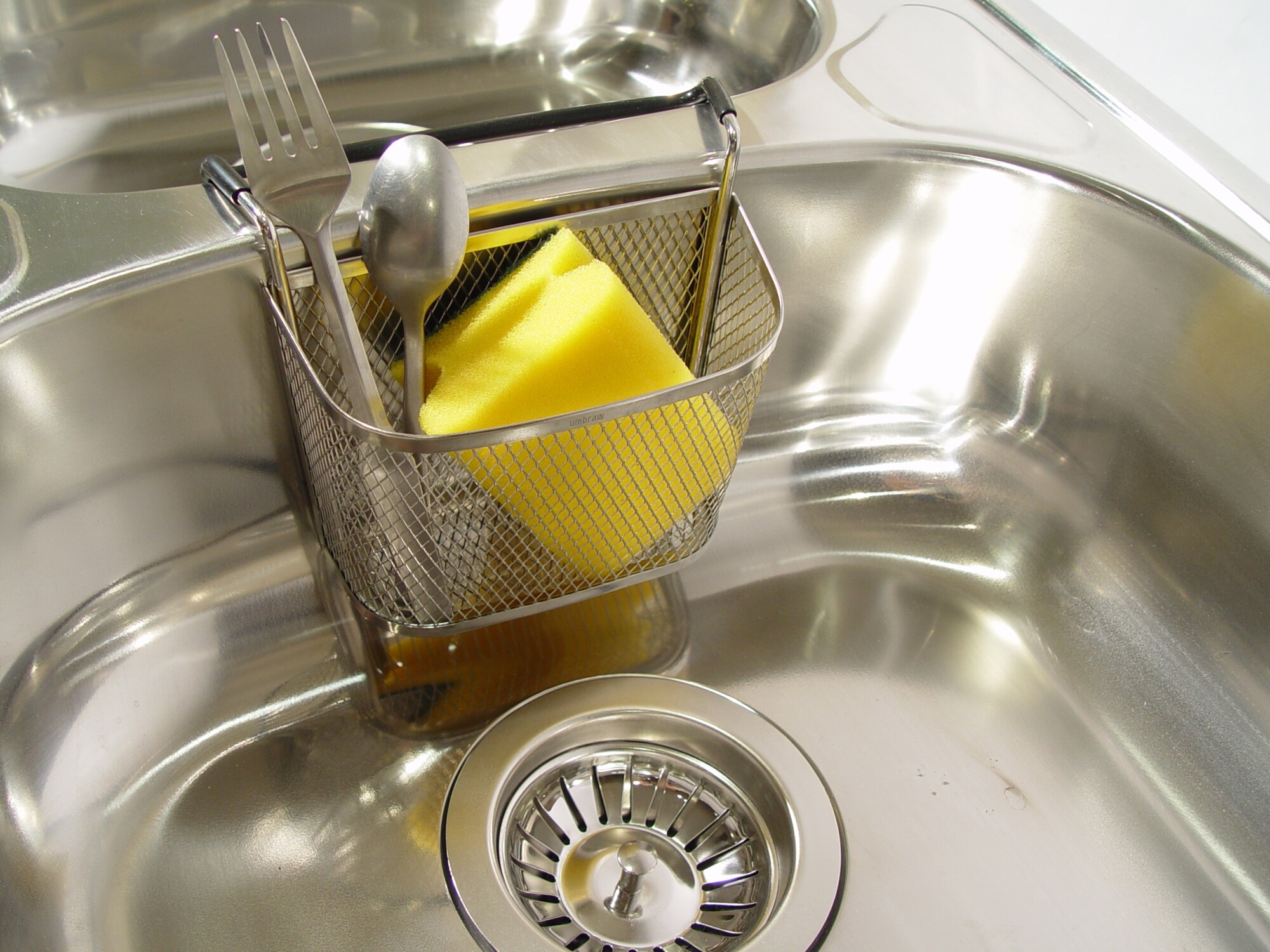
Copper Charm: Enhancing Natural Beauty
Copper sinks develop a unique patina over time, adding character to any space. To clean and maintain this living finish, use a mild soap solution and warm water for regular cleaning. For tarnish removal, opt for specialized copper cleaners, following the manufacturer’s instructions carefully. Alternatively, a mixture of salt and lemon juice can naturally brighten the copper, but should be used sparingly to avoid excessive erosion of the patina. After cleaning, rinse well and dry with a soft cloth to prevent water spots.
Preventive Measures: Daily Habits for Longevity
The secret to maintaining sparkling sinks lies in preventive care. Wiping down the sink with a damp cloth after each use prevents buildup and keeps it looking fresh. Regularly cleaning the drain and garbage disposal with a mix of baking soda and vinegar helps eliminate odors. Installing a sink grid can protect the basin from scratches caused by pots and pans. Lastly, avoiding leaving wet sponges or cleaning tools in the sink can significantly reduce the risk of bacteria growth and unwanted odors.
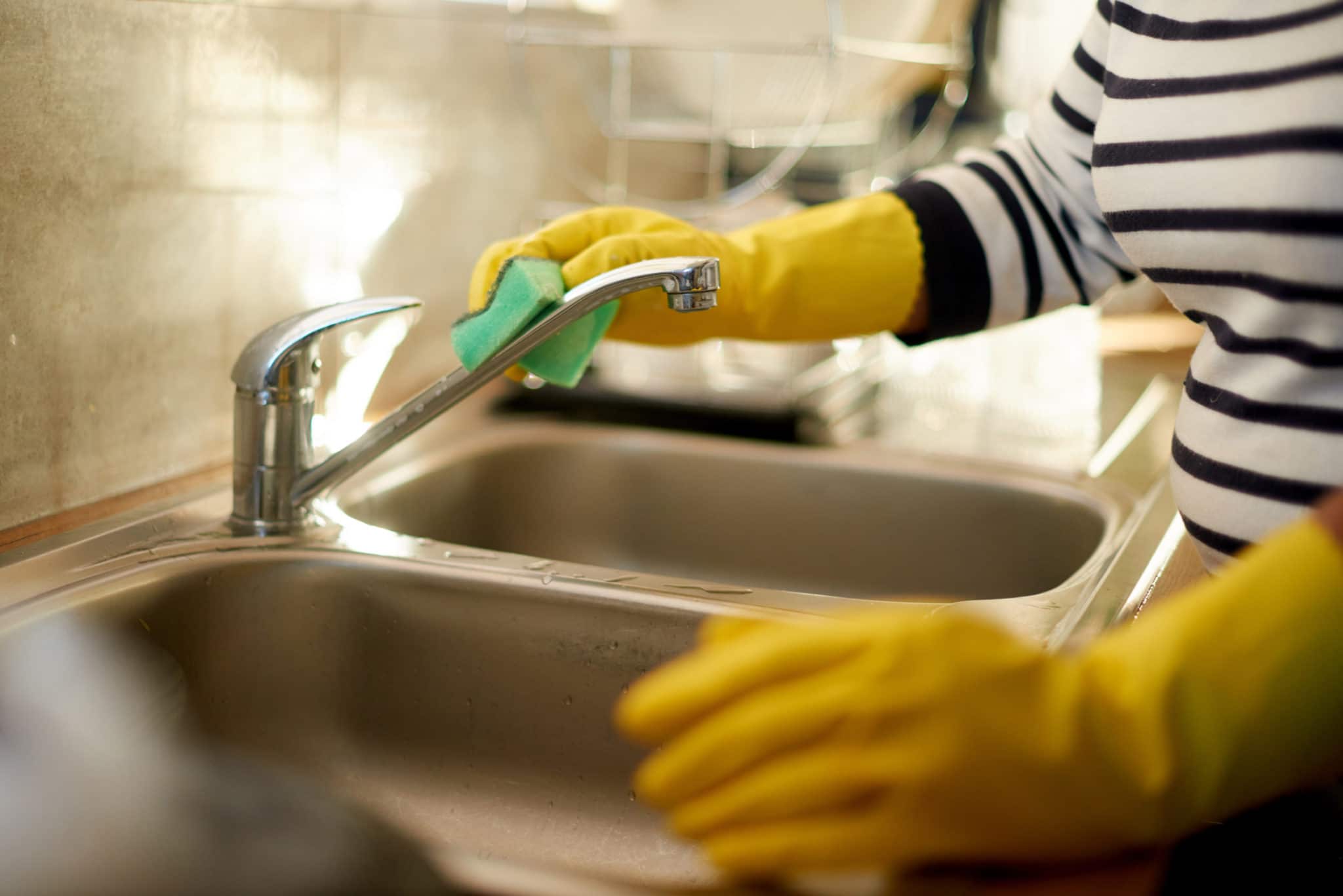
Quartz Composite Maintenance: Sleek and Durable
Quartz composite sinks, known for their durability and sleek aesthetic, require minimal yet mindful upkeep. Day-to-day cleaning can be done with a gentle dish soap and warm water, using a non-abrasive sponge to wipe away residue. For stubborn stains, a paste made from baking soda and water can be gently applied, left to sit for a few minutes, then rinsed off thoroughly. Steer clear of harsh chemicals and abrasive cleaners, as these can damage the sink’s finish. Dry the sink with a soft cloth after each use to prevent water spotting.
Stainless Steel Elegance: Shining Bright
Stainless steel sinks are a classic choice for their resilience and modern appeal. To maintain their luster, use a solution of mild detergent and warm water, wiping in the direction of the grain to avoid scratches. For spot cleaning or to remove fingerprints, a solution of white vinegar and water or a specialized stainless steel cleaner can be used. Always follow with a thorough rinse and dry with a microfiber cloth to prevent water marks. It’s crucial to avoid chloride-containing products, as they can lead to corrosion.

Conclusion: Savoring the Sparkle
A sparkling sink is not merely the endpoint of a cleaning routine; it’s a testament to a home’s overall cleanliness and care. By understanding your sink’s unique needs and employing the right tools and techniques, you can effortlessly maintain a level of shine that uplifts the entire kitchen. Whether you’re dealing with stainless steel, porcelain, granite composite, or copper, adopting a mindful approach to sink care ensures longevity and beauty. With consistent effort and the right know-how, your sink will become a gleaming centerpiece of admiration and a source of daily satisfaction.
